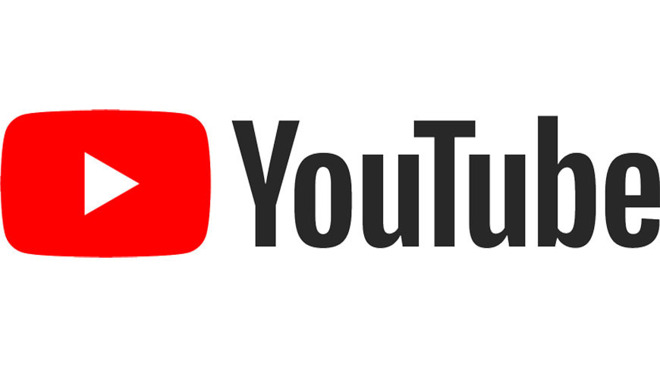Google issues first YouTube for iOS update since Apple privacy rules went live
Google on Friday updated its YouTube app for iOS, the first such revision since Apple began to require disclosures from developers relating to user privacy and data handling.

The latest version of YouTube includes bug fixes and performance improvements, according to release notes provided by Google.
A corresponding App Store page lists what data the title uses to track users, and specifies information that might be collected and linked to a user's identity. As noted by MacRumors, the privacy disclosure was added to YouTube's description in January per Apple's guidelines, though the app itself went untouched until today.
A number of Google apps have not been updated since Apple began to require the so-called privacy "nutrition labels" in early December. Those include Gmail, Chrome, Google Maps, Google Drive and the flagship Google app.
Apple's program is designed to offer users greater insight into how their data is leveraged by developers. Under the rules an app maker must divulge what data is being collected by either itself or a third party, and detail how that information might be used.
Similar to past App Store policies, apps are allowed to remain on the storefront without publishing the privacy labels, though the new rules will be enforced when updates are submitted. Some have speculated that Google was skirting the privacy disclosure by delaying the rollout of routine updates.
The search giant refuted those claims in January when it announced plans to update its iOS app suite in a couple of weeks, but that timeline was apparently overly optimistic.
Earlier this week, the Gmail app started to warn users that the current iOS version was out of date and did not include Google's latest security features. Google quickly updated its servers to remove the alert.

The latest version of YouTube includes bug fixes and performance improvements, according to release notes provided by Google.
A corresponding App Store page lists what data the title uses to track users, and specifies information that might be collected and linked to a user's identity. As noted by MacRumors, the privacy disclosure was added to YouTube's description in January per Apple's guidelines, though the app itself went untouched until today.
A number of Google apps have not been updated since Apple began to require the so-called privacy "nutrition labels" in early December. Those include Gmail, Chrome, Google Maps, Google Drive and the flagship Google app.
Apple's program is designed to offer users greater insight into how their data is leveraged by developers. Under the rules an app maker must divulge what data is being collected by either itself or a third party, and detail how that information might be used.
Similar to past App Store policies, apps are allowed to remain on the storefront without publishing the privacy labels, though the new rules will be enforced when updates are submitted. Some have speculated that Google was skirting the privacy disclosure by delaying the rollout of routine updates.
The search giant refuted those claims in January when it announced plans to update its iOS app suite in a couple of weeks, but that timeline was apparently overly optimistic.
Earlier this week, the Gmail app started to warn users that the current iOS version was out of date and did not include Google's latest security features. Google quickly updated its servers to remove the alert.

Comments
When you find a YouTube Creator whose content you enjoy you may decide to follow them. Generally that means hit the"Subscribe" button. So what's the implication?
That entails YOU choosing to voluntarily share your contact info with that 3rd party, the content creator, telling them who their new subscriber is. Google did not sell it to them, it was a user-initiated request to create a value relationship with the video provider beyond the general YouTube one. That provider will now know which of his/her videos you watched (browsing), what potential content of theirs you were looking for (search), where you are located, ie where their subscribers are coming from (location), and other connectable information you've now shared with that creator, of course taking into consideration what "about you" you've told Google you are willing to share. In my case it's the bare minimum, a name, a generic icon, and my gmail address. That's it, no address, no age, not even gender is revealed. You do have a choice in that regard, and if you don't know where simply look in your Google account settings. Click your user name/icon to be taken there.
https://support.google.com/accounts/answer/6304920?hl=en#zippy=,what-info-can-be-shown,where-this-info-can-show-up
EDIT: And I'll modify my comment about subscribing after doing more research. Content providers can track a general category of users even if not by specific user or subscription. The analytics available to them include where their viewers also visit on Youtube, the age ranges, the course location, and other viewership metrics. For those interested in the details see here:
https://support.google.com/youtube/answer/931441
How we’re complying with ATT
When Apple’s policy goes into effect, we will no longer use information (such as IDFA) that falls under ATT for the handful of our iOS apps that currently use it for advertising purposes. As such, we will not show the ATT prompt on those apps, in line with Apple’s guidance. We are working hard to understand and comply with Apple’s guidelines for all of our apps in the App Store. As our iOS apps are updated with new features or bug fixes, you’ll see updates to our app page listings that include the new App Privacy Details.